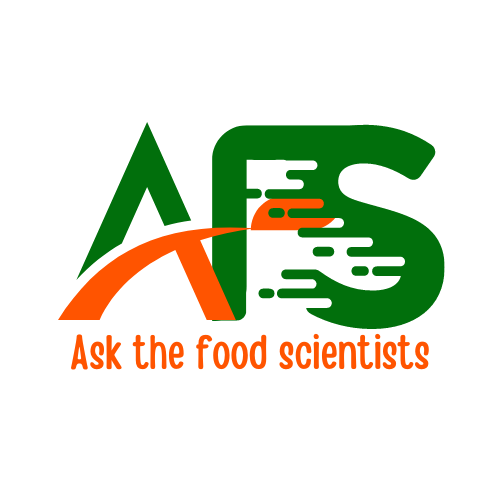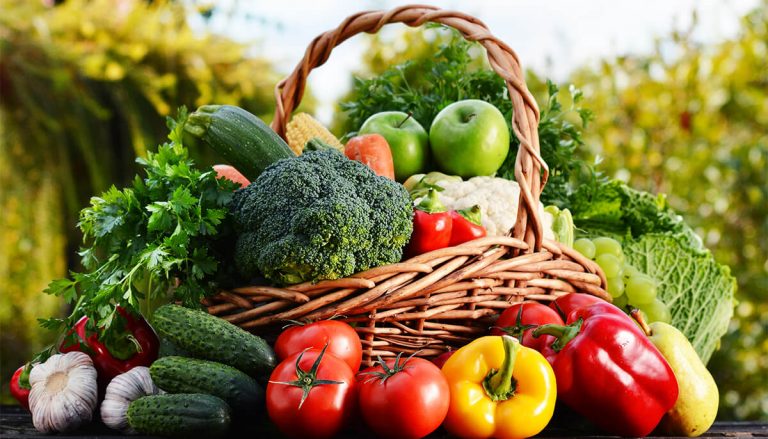Highlights
- Functional foods provide health benefits beyond basic nutrition and are often marketed to promote health and reduce the risk of chronic diseases.
- Functional foods contain bioactive compounds, such as vitamins, minerals, fiber, probiotics, antioxidants, and other nutrients.
- The extraction process for bioactive substances involves selecting the source material, preparing it, choosing an extraction method, conducting the extraction, purifying and concentrating the extract, and stabilizing it.
- Functional foods can be categorized as enriched foods, fortified foods, reduced-fat/cholesterol foods, natural foods, foods with modified components, and foods with modified bioavailability.
- The process of making a functional food involves determining the functional ingredient, selecting the base food, formulating the product, conducting testing, scaling up production, and marketing and distributing the functional food.

Food safety knowledge is for all!
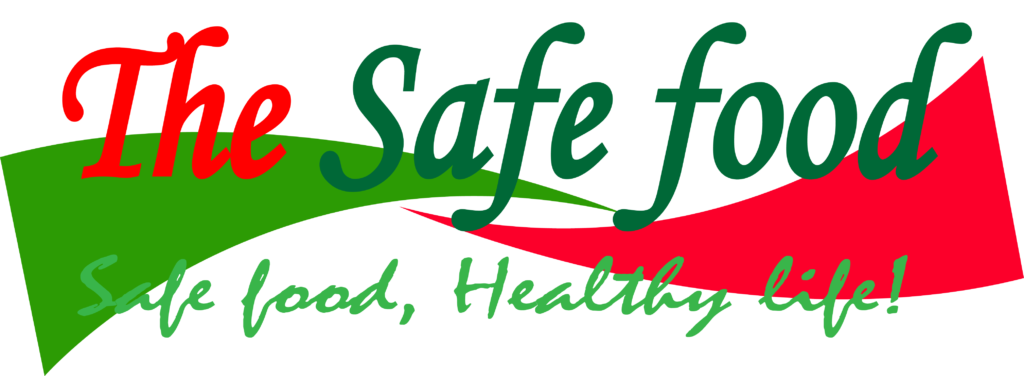
Every consumer deserves to have high quality and safe food. …Read more!

What are functional foods?
Functional foods are foods that provide health benefits beyond basic nutrition. They are typically whole, fortified, or enriched foods that have been shown to have a positive effect on one or more functions in the body. Functional foods are often marketed as foods that can promote health and reduce the risk of chronic diseases.
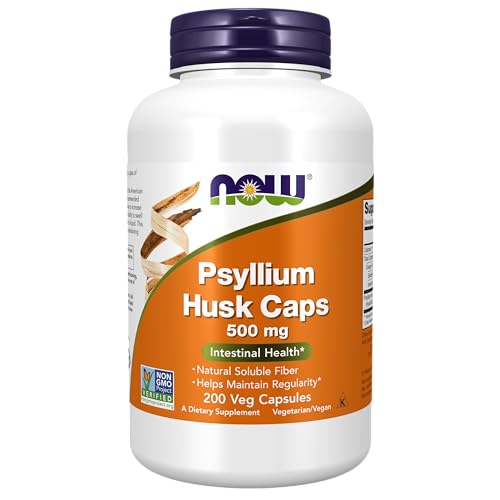
Buy NOW Supplements, Psyllium Husk Caps 500 mg, Non-GMO Project Verified, Natural Soluble Fiber, Intestinal Health*, 200 Veg Capsules from Amazon:
Click here to go to Amazon, https://amzn.to/3vt870B
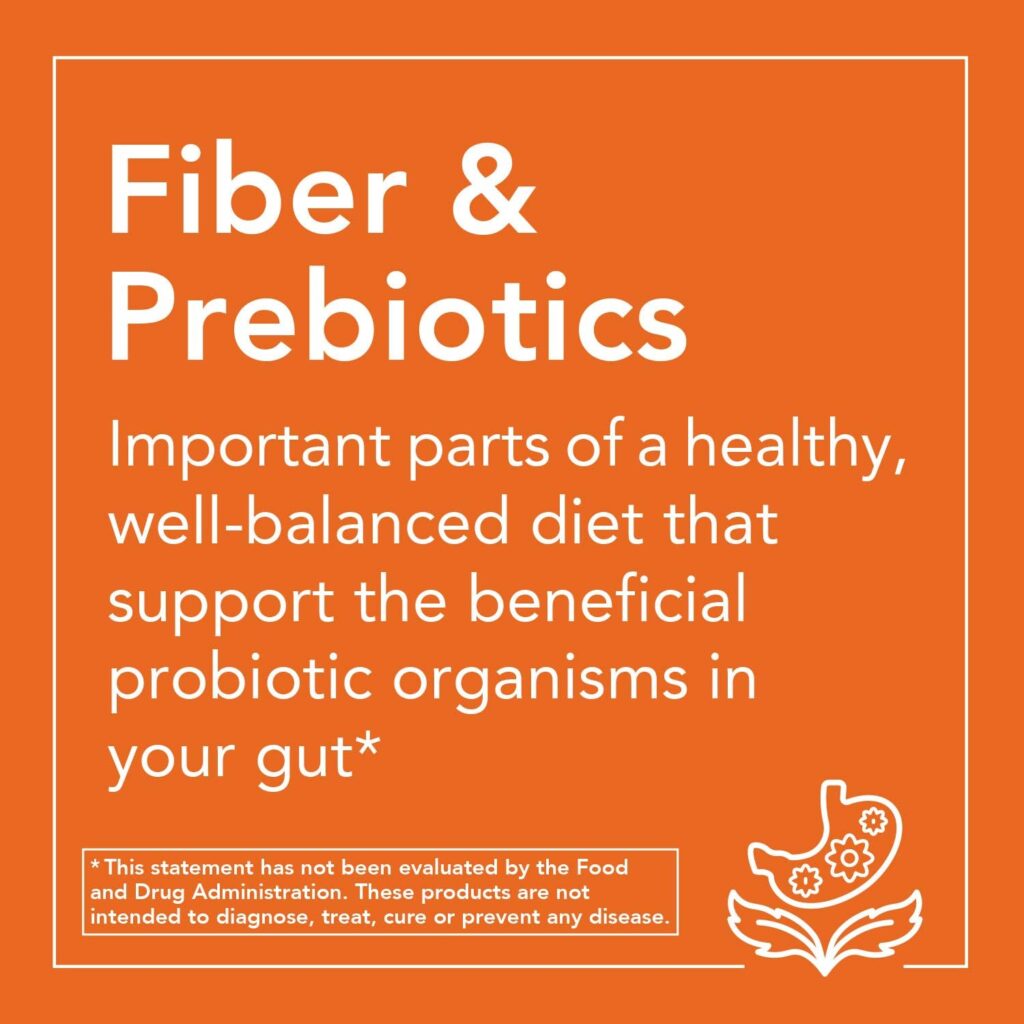
What’s ‘functional’ in functional foods?
The term “functional” in functional foods refers to the idea that these foods have specific, measurable health benefits beyond basic nutrition. Functional foods contain bioactive compounds, which are naturally occurring or added components that can have positive effects on health. These bioactive compounds may include vitamins, minerals, fiber, probiotics, prebiotics, antioxidants, or other nutrients.
For example, a functional food like yogurt that contains live probiotic bacteria can help to improve gut health and boost the immune system. Similarly, a functional food like fortified milk that contains added vitamin D can help to improve bone health.
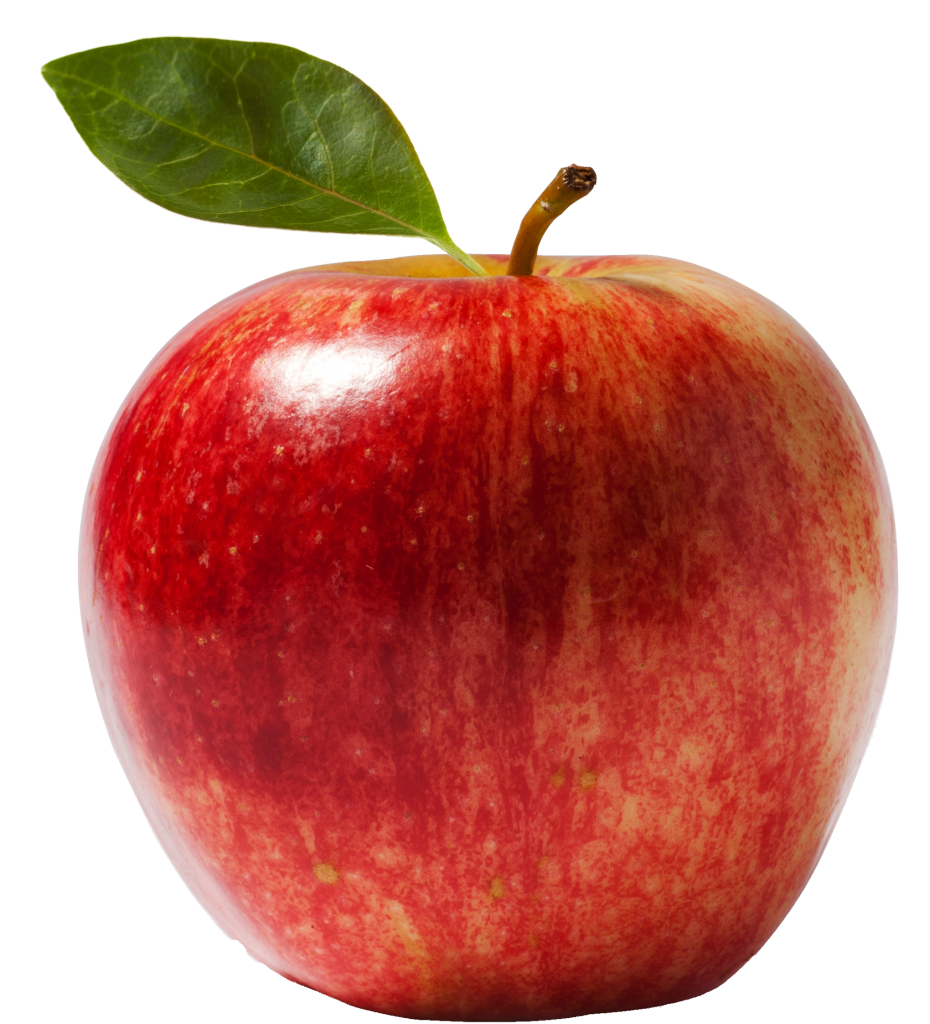
The functional properties of these foods are often backed by scientific research and may be approved by regulatory agencies, such as the U.S. Food and Drug Administration (FDA) or the European Food Safety Authority (EFSA), as having health benefits.
What are bioactive substances?
Bioactive substances are naturally occurring or added compounds in foods that have a physiological effect on the body when consumed. These substances are often found in plant-based foods and can include a variety of compounds such as vitamins, minerals, antioxidants, phytochemicals, and other nutrients.

Buy NOW Supplements, Psyllium Husk Caps 500 mg, Non-GMO Project Verified, Natural Soluble Fiber, Intestinal Health*, 200 Veg Capsules from Amazon:
Click here to go to Amazon, https://amzn.to/3vt870B

Bioactive substances can have a range of beneficial effects on health, such as reducing inflammation, boosting the immune system, improving cardiovascular health, reducing the risk of cancer, and promoting healthy aging. Some examples of bioactive substances include:
- Polyphenols: Found in fruits, vegetables, and herbs, polyphenols are powerful antioxidants that can help to reduce inflammation and protect against chronic diseases.
- Carotenoids: Found in colorful fruits and vegetables, carotenoids like beta-carotene and lycopene are antioxidants that can help to protect against cancer and cardiovascular disease.
- Flavonoids: Found in fruits, vegetables, and tea, flavonoids have antioxidant and anti-inflammatory properties and may help to improve cardiovascular health and reduce the risk of chronic diseases.
- Omega-3 fatty acids: Found in fatty fish, nuts, and seeds, omega-3 fatty acids have been shown to reduce inflammation and lower the risk of heart disease.
- Probiotics: Found in fermented foods like yogurt and kefir, probiotics are live bacteria that can help to improve gut health and boost the immune system.
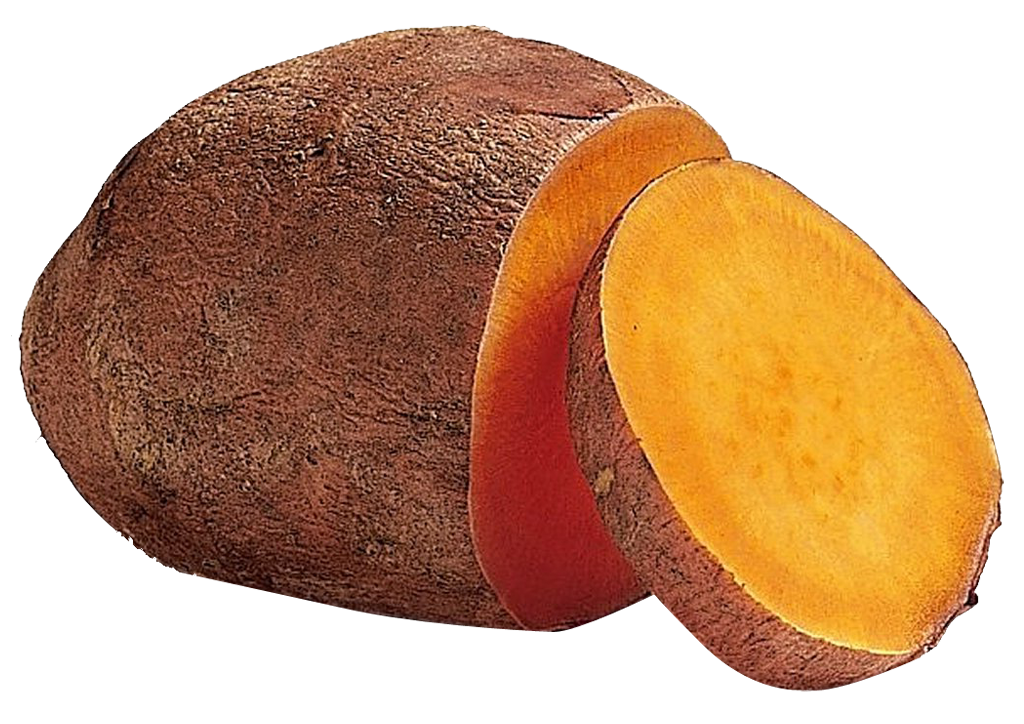
Note that bioactive substances have to be extracted in order to be used in making functional foods. In their natural sources, they may not exist in sufficient quantities that may impart the health benefits and hence the need for extraction and concentration.
Process of extracting bioactive substances for use in functional foods.
The process of extracting bioactive substances for use in functional foods can vary depending on the specific type of bioactive substance and the source material it is being extracted from. However, here are some general steps that are typically involved in the extraction process:

Buy NOW Supplements, Psyllium Husk Caps 500 mg, Non-GMO Project Verified, Natural Soluble Fiber, Intestinal Health*, 200 Veg Capsules from Amazon:
Click here to go to Amazon, https://amzn.to/3vt870B

- Select the source material: Identify the plant, animal, or other source material that contains the bioactive substance of interest. This could be anything from herbs and spices to fruits, vegetables, or animal products.
- Prepare the source material: Depending on the source material, it may need to be cleaned, chopped, dried, or otherwise prepared before extraction can begin.
- Choose the extraction method: There are several methods for extracting bioactive substances, including solvent extraction, steam distillation, cold pressing, and supercritical fluid extraction. The choice of method will depend on factors such as the chemical properties of the bioactive substance, the solubility of the substance in different solvents, and the cost and efficiency of the method.
- Conduct the extraction: Once the method has been selected, the extraction process can begin. This typically involves placing the source material into the extraction vessel, adding the solvent or other extraction medium, and then heating, stirring, or otherwise agitating the mixture to facilitate the extraction process.
- Purify the extract: Once the bioactive substance has been extracted, it may need to be purified to remove any unwanted compounds or impurities. This can be done using techniques such as filtration, centrifugation, or chromatography.
- Concentrate and stabilize the extract: Depending on the intended use of the bioactive substance, it may need to be concentrated or stabilized to ensure its potency and shelf life. This can be done using techniques such as freeze-drying or spray-drying.
Once the bioactive ingredient is obtained, formulation of functional food can be done. In this case, the purified and concentrated bioactive substance can be incorporated into a functional food product. This typically involves formulating the food product to ensure that the bioactive substance is stable, evenly distributed, and provides the desired health benefits.
Types of functional foods.
- Enriched foods: Enriched foods are foods that have had certain nutrients added back into them that were lost during processing. For example, some types of bread, pasta, and cereal are enriched with iron, thiamin, riboflavin, niacin, and folic acid. This is done to ensure that people get enough of these nutrients, which are important for good health.
- Fortified foods: Fortified foods are similar to enriched foods in that they have additional nutrients added to them. However, fortified foods typically have more nutrients added than enriched foods, and they may contain nutrients that were not originally present in the food. For example, some types of milk, orange juice, and cereal are fortified with vitamin D, calcium, and other vitamins and minerals to help promote bone health and overall health.
- Reduced-fat/cholesterol foods: These are foods that have had some or all of the fat or cholesterol removed from them. This is done to reduce the amount of saturated and trans fats in the diet, which can help to reduce the risk of heart disease. Examples include reduced-fat cheese, yogurt, and milk, as well as cholesterol-free egg substitutes.
- Natural foods: Natural foods are foods that have not been significantly altered from their original state. This includes foods like fruits, vegetables, whole grains, and nuts that are minimally processed and do not contain added sugars, preservatives, or artificial ingredients. Natural foods are often rich in nutrients, fiber, and other beneficial compounds.
- Foods in which a component has been modified: These are foods in which a specific component has been modified in some way to enhance its health benefits. For example, some types of bread and pasta are made with flour that has been fortified with iron, folic acid, and other vitamins and minerals. Another example is soy protein isolate, which is made by removing the carbohydrates and fat from soybeans to create a concentrated protein source.
- Foods in which the bioavailability of a component has been modified: These are foods in which the body’s ability to absorb and utilize a specific nutrient or compound has been enhanced. For example, some types of fruits and vegetables are high in antioxidants like vitamin C, but the body may not absorb all of the vitamin C in the food. However, when these foods are cooked or processed in a certain way, the bioavailability of the vitamin C may be increased. Another example is the use of phytase enzymes in animal feed to increase the bioavailability of phosphorus, which can improve the animals’ health and reduce environmental pollution.


Buy NOW Supplements, Psyllium Husk Caps 500 mg, Non-GMO Project Verified, Natural Soluble Fiber, Intestinal Health*, 200 Veg Capsules from Amazon:
Click here to go to Amazon, https://amzn.to/3vt870B

Characteristics of functional foods.
- Health-promoting properties: Functional foods contain biologically active components that have been shown to provide health benefits beyond basic nutrition. These components may include vitamins, minerals, antioxidants, probiotics, fiber, and other nutrients.
- reduced risk of disease, for the person consuming it.
- enhancement of biological defense mechanisms
- prevention of specific diseases
- recovery from specific diseases
- control of physical and mental disorders, etc
- Safety: Functional foods are generally considered safe for consumption and have undergone extensive testing to ensure that they do not have negative effects on health.
- Backed by research: Functional foods are supported by scientific research and studies that demonstrate their health benefits.
- Consumed as normal part of the diet: Functional foods are typically consumed as part of a person’s regular diet, rather than being taken as a supplement or in pill or capsule form. This means that they are integrated into a person’s eating habits and can be enjoyed as part of a meal or snack.
- Not presented as pills or capsules or supplements: Unlike dietary supplements, which are typically sold in pill or capsule form, functional foods are whole foods or food products that contain biologically active components. They are not typically presented as pills or capsules, and do not need to be taken separately from other foods or supplements.
- Regulated: Functional foods are subject to government regulations and labeling requirements to ensure that they are accurately labeled and do not make false or misleading health claims.
Procedure for making a functional food.
The process of making a functional food can vary depending on the specific type of functional food you are trying to create. However, here are some general steps that are typically involved in making a functional food:

Buy NOW Supplements, Psyllium Husk Caps 500 mg, Non-GMO Project Verified, Natural Soluble Fiber, Intestinal Health*, 200 Veg Capsules from Amazon:
Click here to go to Amazon, https://amzn.to/3vt870B

- Determine the functional ingredient: Identify the specific ingredient(s) that will provide the desired health benefits in the food product. This could be a vitamin, mineral, fiber, or other nutrient that has a proven physiological effect.
- Select the base food: Select a food or ingredient that will serve as the base for the functional food. This could be a whole food such as a fruit or vegetable, or a processed food such as a protein powder or cereal.
- Determine the formulation: Once the functional ingredient and base food have been selected, determine the appropriate formulation. This includes determining the amounts of each ingredient that will be used, as well as any additional ingredients that may be needed to achieve the desired texture, taste, and shelf life.
- Conduct testing: Before the product can be released to market, it must be tested to ensure that it meets certain quality and safety standards. This can include testing for things like nutrient content, microbial contamination, and stability.
- Scale up production: Once the product has been tested and refined, it can be scaled up for mass production. This involves manufacturing the product on a larger scale and ensuring consistency in the final product.
- Market and distribute: Finally, the functional food can be marketed and distributed to consumers. This may involve developing a marketing strategy, establishing distribution channels, and educating consumers about the health benefits of the product.
Our Blog ↗
Read the latest from our blog
Ask a Question ↗
Ask a question and get answers from our community
Give Feedback ↗
We value your feedback.
